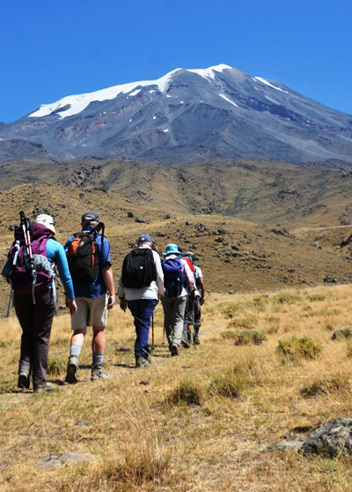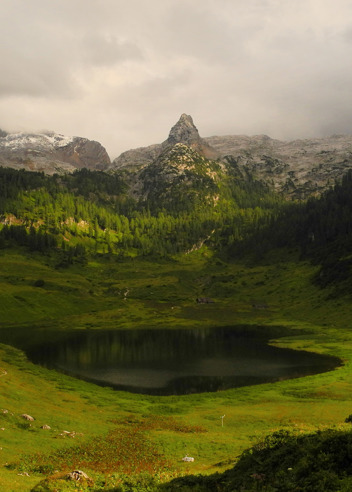Transfers
Local transfers are made with 4X4 Land Cruiser or Hi Lux cars with 3 or 4 people in each car. Local guides have great knowledge of desert and driving in such fields. During trekking, luggage and equipment will be transported by donkeys.
Accommodation
In Algiers accommodation takes place in a 4* hotel in double rooms with bathroom and breakfast.
In Djanet you can sleep in a simple hotel, in double rooms with bathroom and breakfast, depending on the available options.
In the desert, overnight stays take place in new unused tents, which will be provided to participants from Greece, in order to ensure an absolute sense of cleanliness. For the comfort of sleep, a new inflatable mattress and an inflatable pillow will also be provided. All this equipment (tent, mattress and pillow) will remain in the possession of each participant after the trip. Everyone will only need to have their own sleeping bag, 2–3 seasons.
Meals
A cook with his assistant accompanies us all days of touring the desert. It prepares all meals required by breakfast (coffee, tea, bread, butter, jam, cakes, etc.), cold lunch (vegetable salads, rice, eggs, cheese, fruits, etc.) and hot dinner (soups shorba, stews, couscous, as well as the famous taghella bread, cooked under the hot sand and ashes of the evening fire. Desert tea is offered at every meal and repeated in as much quantity as everyone wants.
Climate
The right months to travel to the Sahara are from October to April. During the day there are large temperature differences, with temperatures during the day depending on the month reaching 20 to 30o C, and at night from 5 to 10o while at altitudes it can drop to zero. In these months rains are extremely rare and only in the mountains
Money
Exchange into local currency can be made at the airport or hotel. The euro, however, is accepted everywhere, but you will be given change in local currency
If you enter the country with more than €1,000, you will have to declare it to the customs office of entry
Visa
A visa is required to enter Algeria, a process undertaken by our office. However, it is necessary to complete the bureaucratic procedures one month before departure in order for the visa to be issued in time. This means that any last-minute participation is impossible.
Useful notes for photographers
In addition to photographic equipment, you will need to have a laptop or tablet with you to select your photos as well as a means of storage & data transfer.
The wind can be dangerous for your equipment, since it can carry sand that will penetrate into every gap of the lenses and possibly stop working. Carry plastic bags with you to protect your equipment.
You need to have a sufficient number of batteries and power banks to run the machines in the desert.
Batteries can also be charged from the car socket, but you should bring the appropriate fast-charging equipment with you.
Attention!!! Bulky photographic equipment (bulky lenses and large tripods) will likely be retained at customs at the airport of arrival and delivered to you on the day of departure. Drones and binoculars are banned in Algeria. Contact us for more information
Health
No vaccines are required to visit the desert. There are no mosquitoes and dangerous animals.
Switch plans
The escort of our office or the local driver has the option to modify the program if weather or other local conditions (strikes, civil unrest, etc.) require it, with the main criterion of the smooth development of the program and the safety of the participants. Any costs arising from such changes shall be covered by the participants.
Tip
Tipping is an optional gesture that is usually omitted even by happy travelers. However, such a substantial reward both to the escort of the office, and (much more) to the people of the local office who will strive to have a good time, is not only a practical thank you, but also a substantial help to people with minimal income.
Insurance / insurance
The cost of the trip includes Basic travel insurance, which covers various contingencies such as health contingencies (eg injury on a course at an altitude of up to 3,000 m, which requires transportation and hospitalization), missed flight and other cases, even coverage of total cancellation of the trip for an amount up to 5,000 € including cancellation due to covid-19.
The coverage included is for ages up to 70 years old, while for ages 70 to 80 an additional amount is required, ask us for information.
In the following link you can see the benefits of the program and contact our travel consultant to answer your questions about Travel Insurance coverage by Trekking Hellas
























